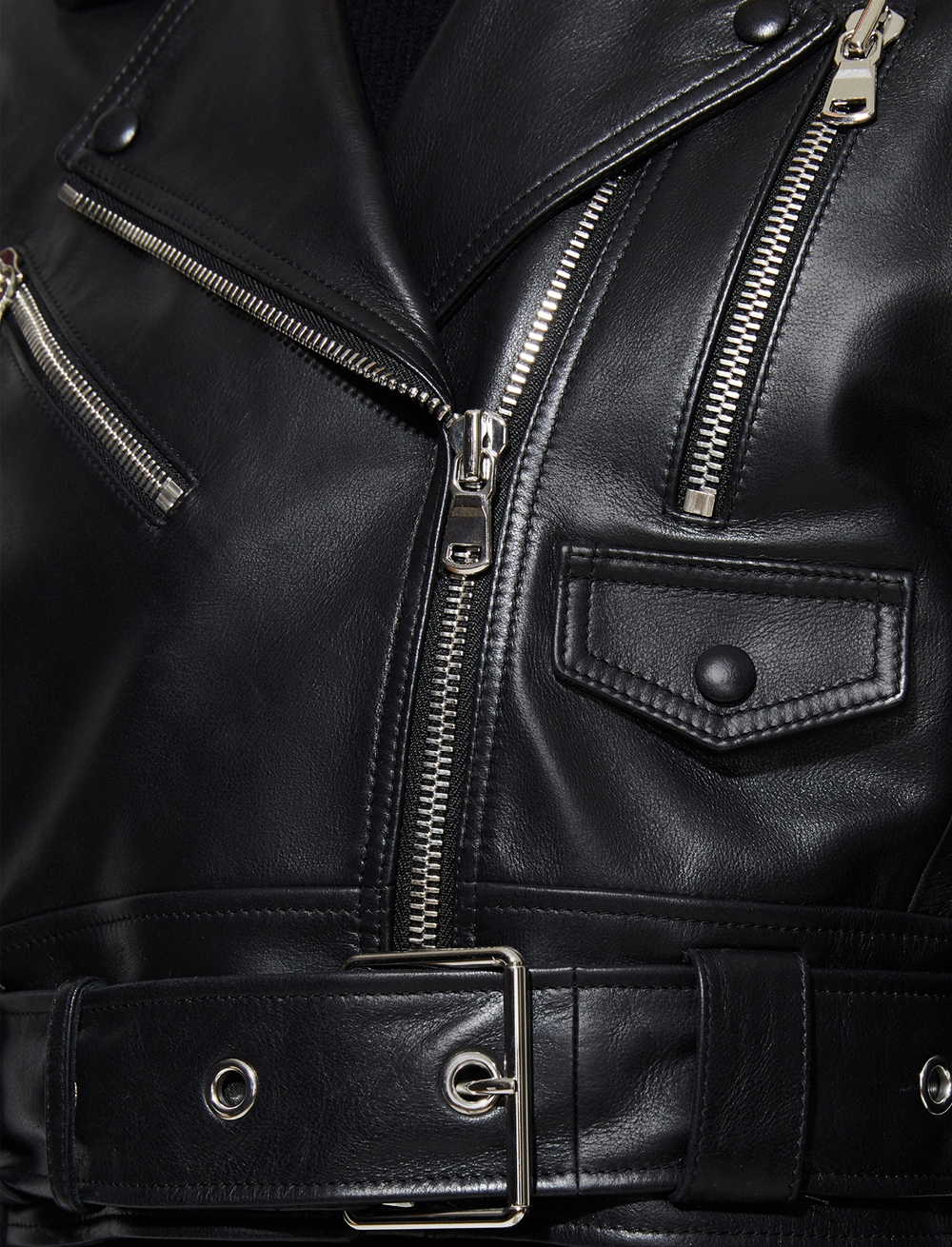SSLIE COUNTRIES
OVERVIEW OF ETHIOPIA’S LEATHER INDUSTRY
The Federal Democratic Republic of Ethiopia is the second most populous country in Africa with a population of over 115 million. Ethiopia’s leather industry is among Africa’s leading producers of leather and leather products. The industry is set on the continent’s largest livestock population, with a cattle population of more than 53 million, and sheep and goat population of 25.5 and 24.1 million, respectively. This makes Ethiopia the first in Africa and the ninth in the world in cattle population. This has provided the country with a strong raw material base for the leather industry, estimated at 2.7 million hides, 8.1 sheepskins and 7.5 million goatskins annually. The Ethiopia highland sheepskins has a worldwide reputation in terms of quality, thickness, flexibility, strength, compact structure, and a clean inner surface. To signify the untapped investment opportunities in this sector, only 50% of hides and skins potential are being utilized currently.
The industry’s flagship product is finished leather, followed by footwear that include shoe uppers, and leather goods such as leather garments, stitched upholstery, backpacks, purses and industrial gloves. These products are exported to markets in Europe (especially Italy and the UK), America, Canada, China, Japan and other Far Eastern countries and the Middle East, earning the country approximately USD 140 million annually. Seventy-three (73) percent of export revenue is generated from finished leather. Further the country targets for exports to reach $800 million by 2021.
Ethiopia offers a conducive and enabling atmosphere for investment in terms of both the political and economic environment. As one of the government’s priority sectors, investors in leather enjoy incentives including duty exemptions on capital goods and construction materials, and five-plus years of an income tax holiday. Other positive aspects of operating in Ethiopia are free access to US and EU markets as well as cheap electricity. Moreover, with a wage of about USD 40, the cost of labour in Ethiopia is about ten times less than in countries such as China.
Owing to the favorable business environment, several foreign companies have set up factories to create value added products. From 2010 to 2018, nine Chinese firms (including some from Taiwan and Hong Kong) have established tanneries in Ethiopia, making China the largest investing country in Ethiopia’s leather sector. Other key investors in Ethiopia are the Chinese footwear manufacturers Huajian Group with the capacity to produce 6,000 pairs of shoes per day, Huajian, New Wing, George Shoes, and leather goods manufacturers such as Ottokessler, LYU and the UK firm Pittards that produce high quality leather items for export.
The main investment opportunities include:
- tanning of hides and skins up to finished level, manufacturing of luggage (such as handbags), saddle and harness items, footwear, and garments; and
- integrated tanning and manufacturing activities.



Participating countries

